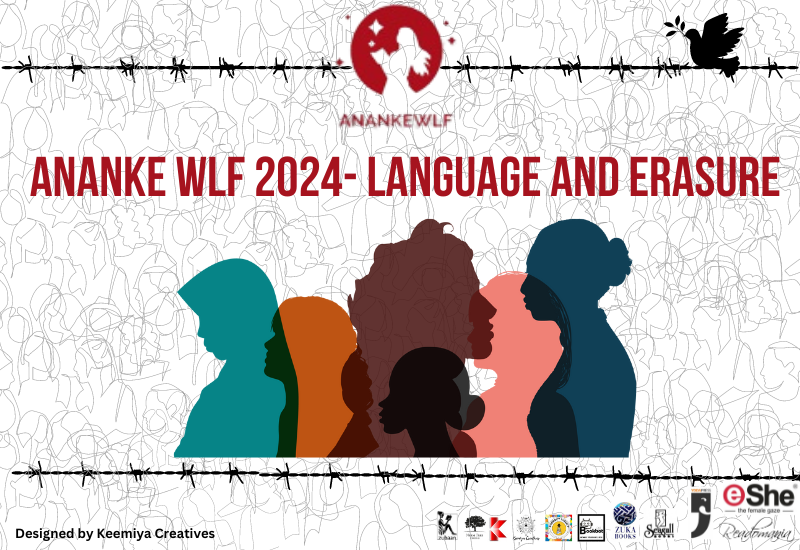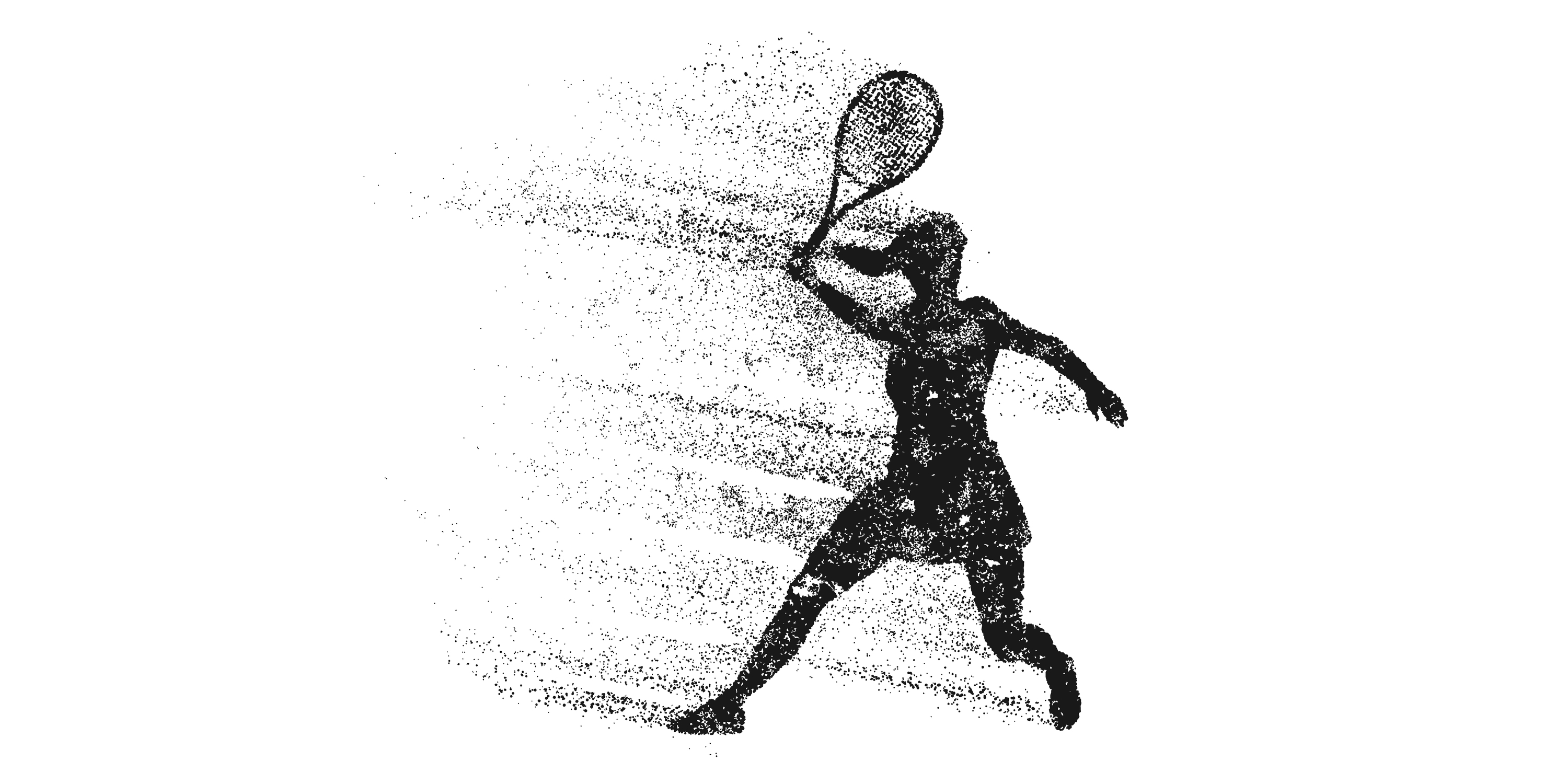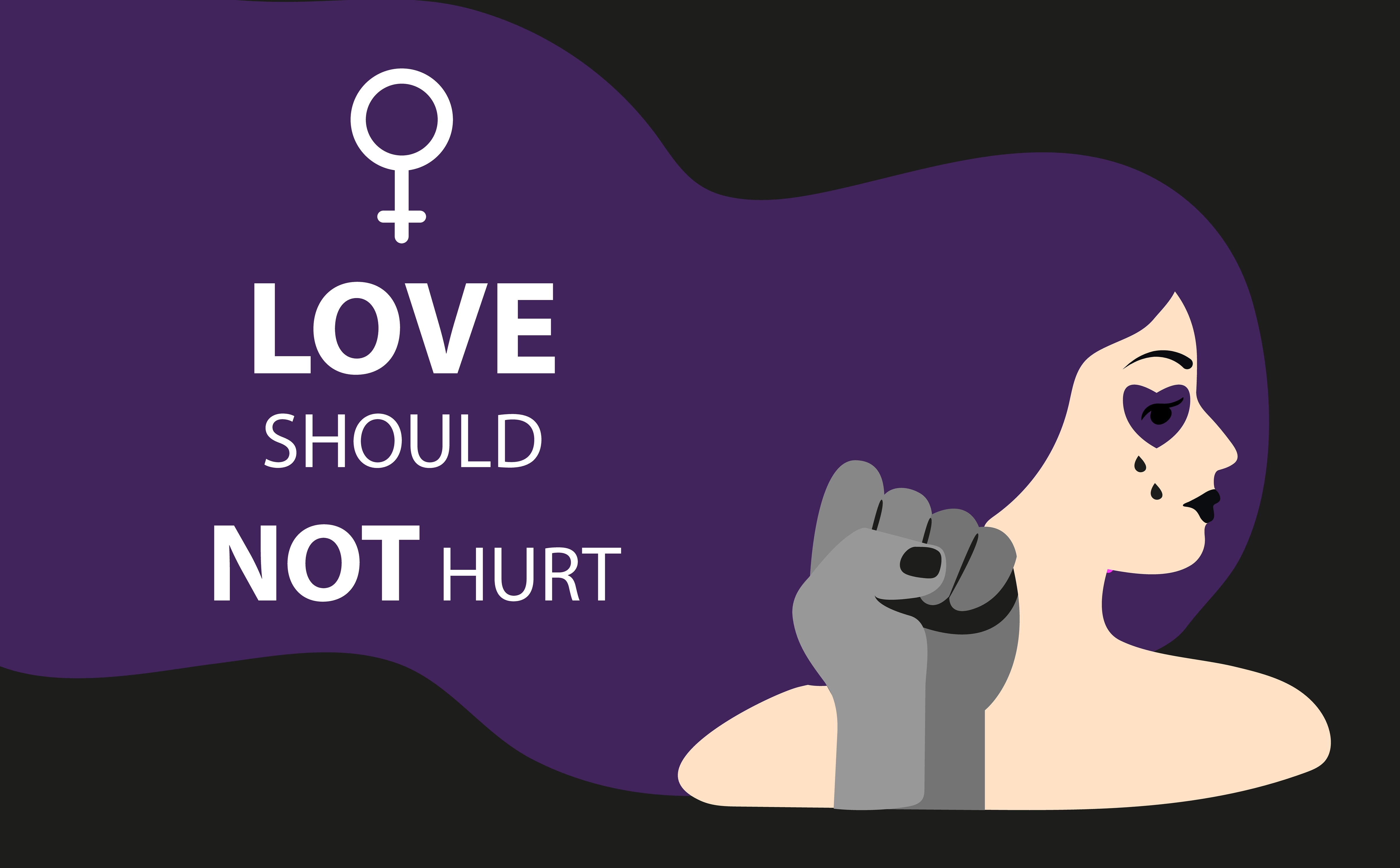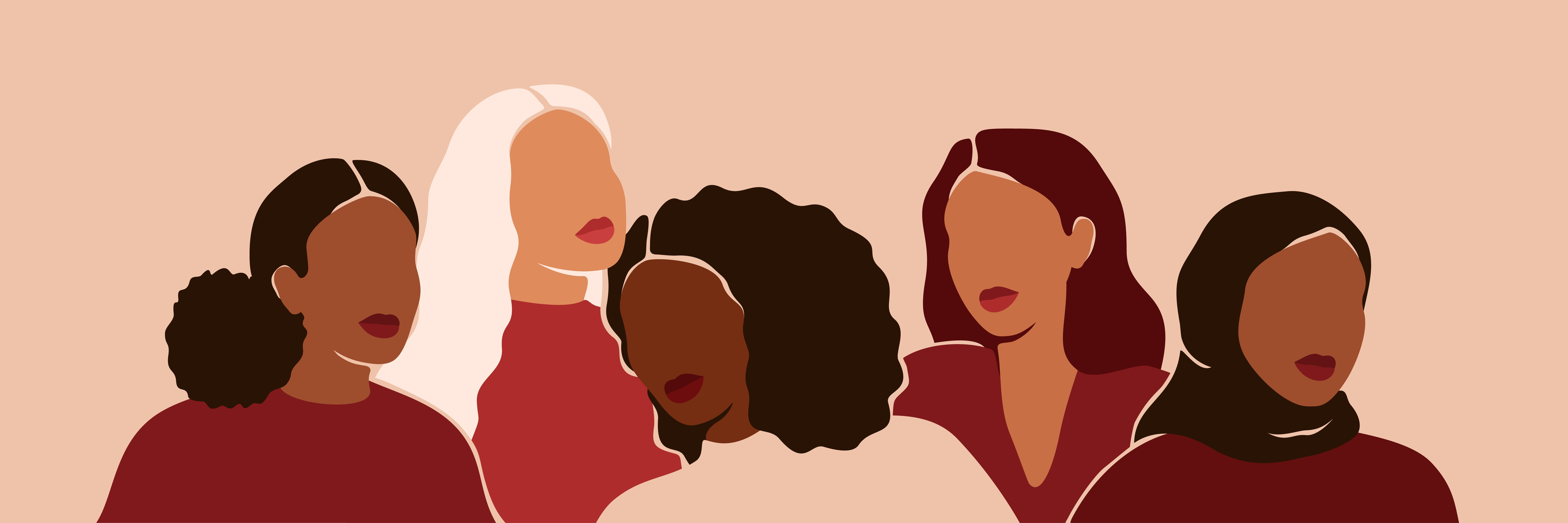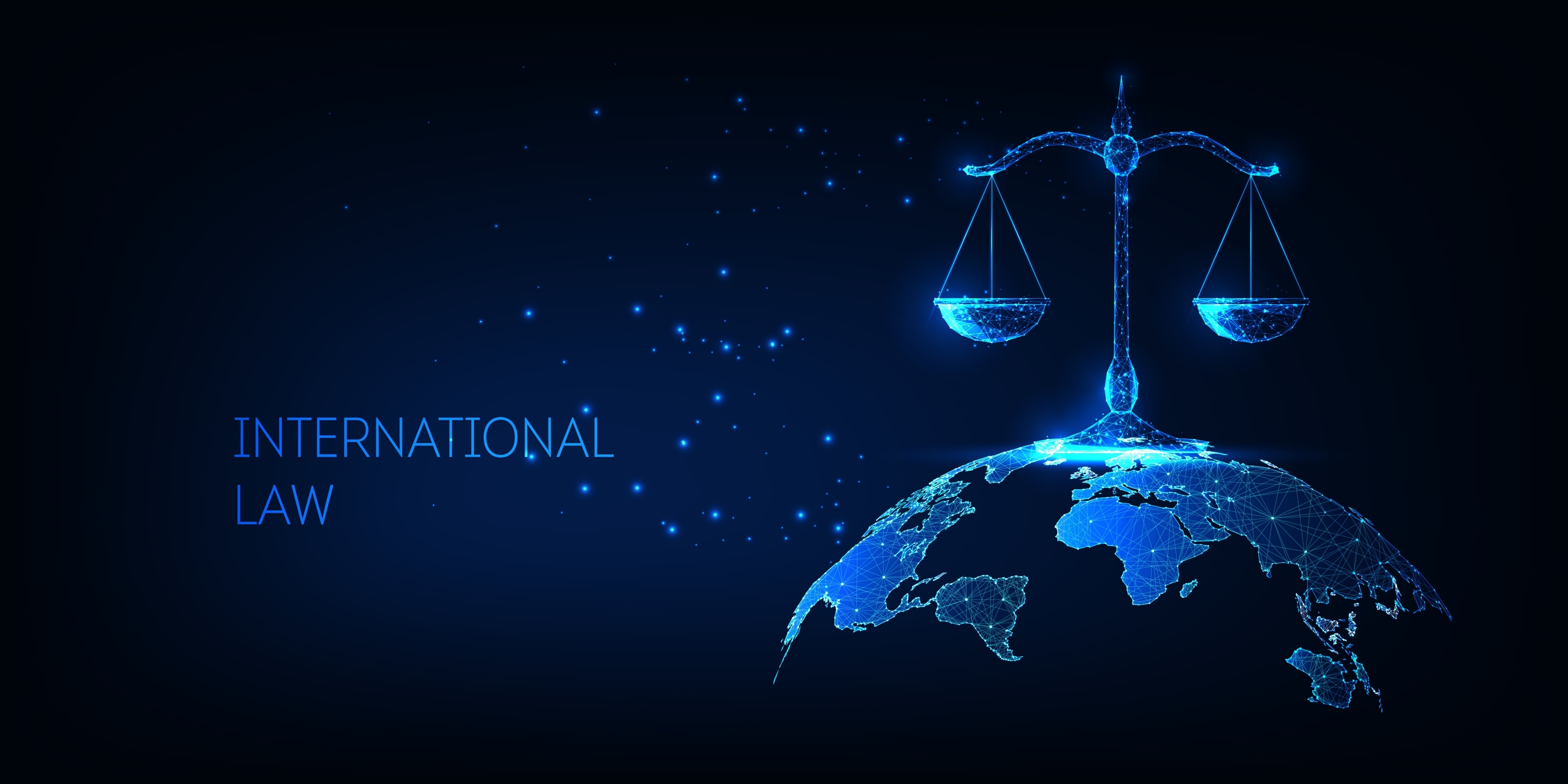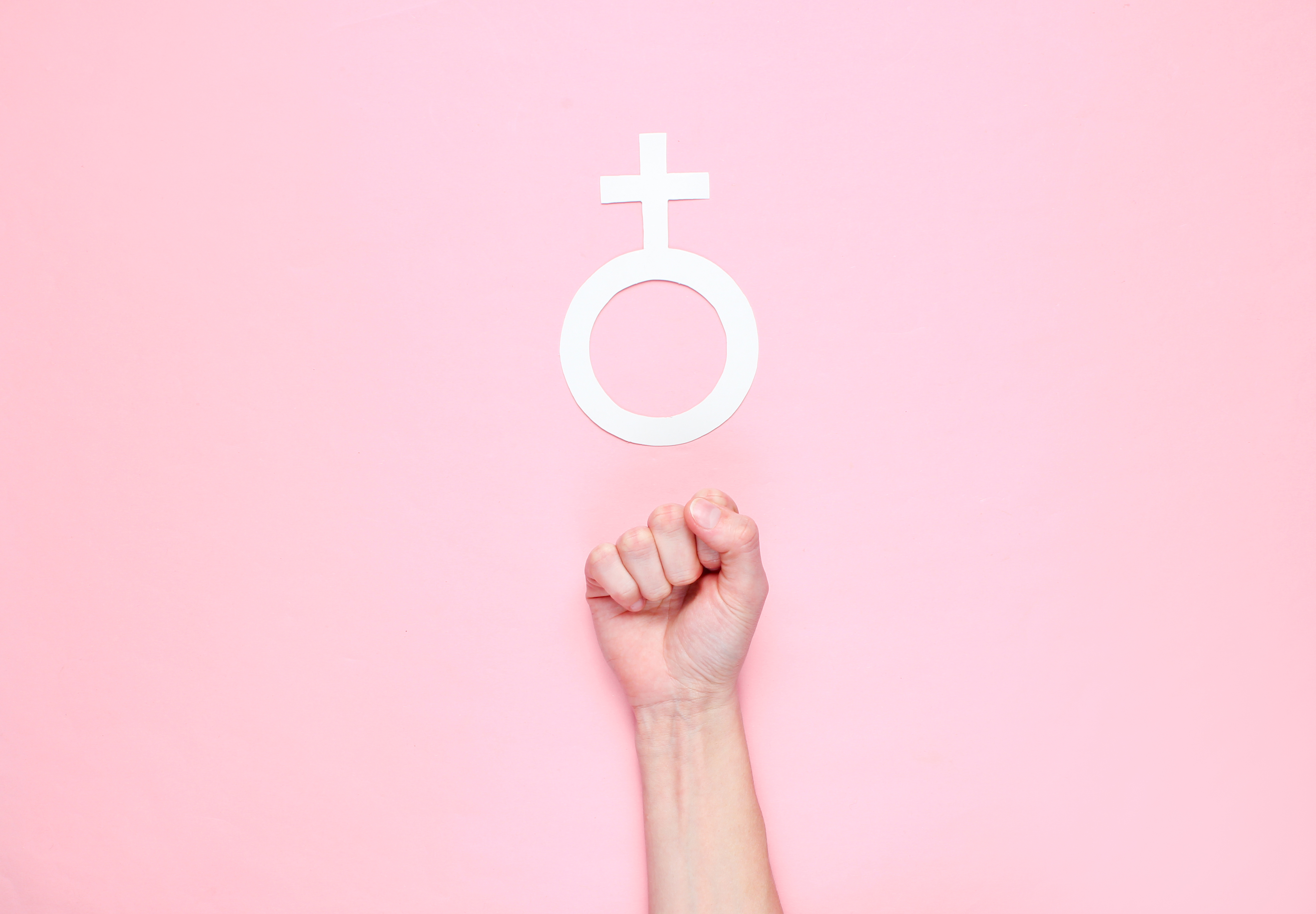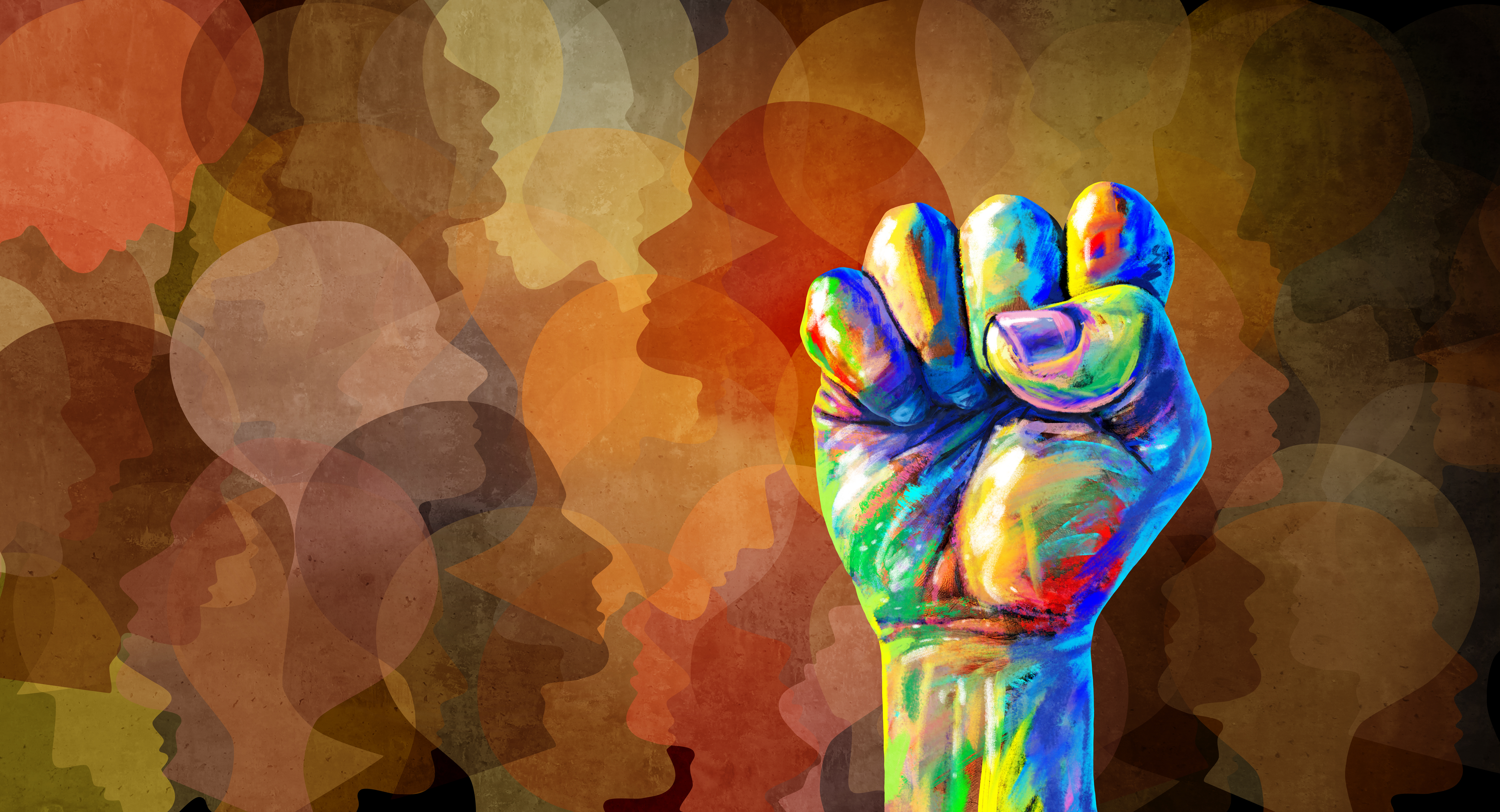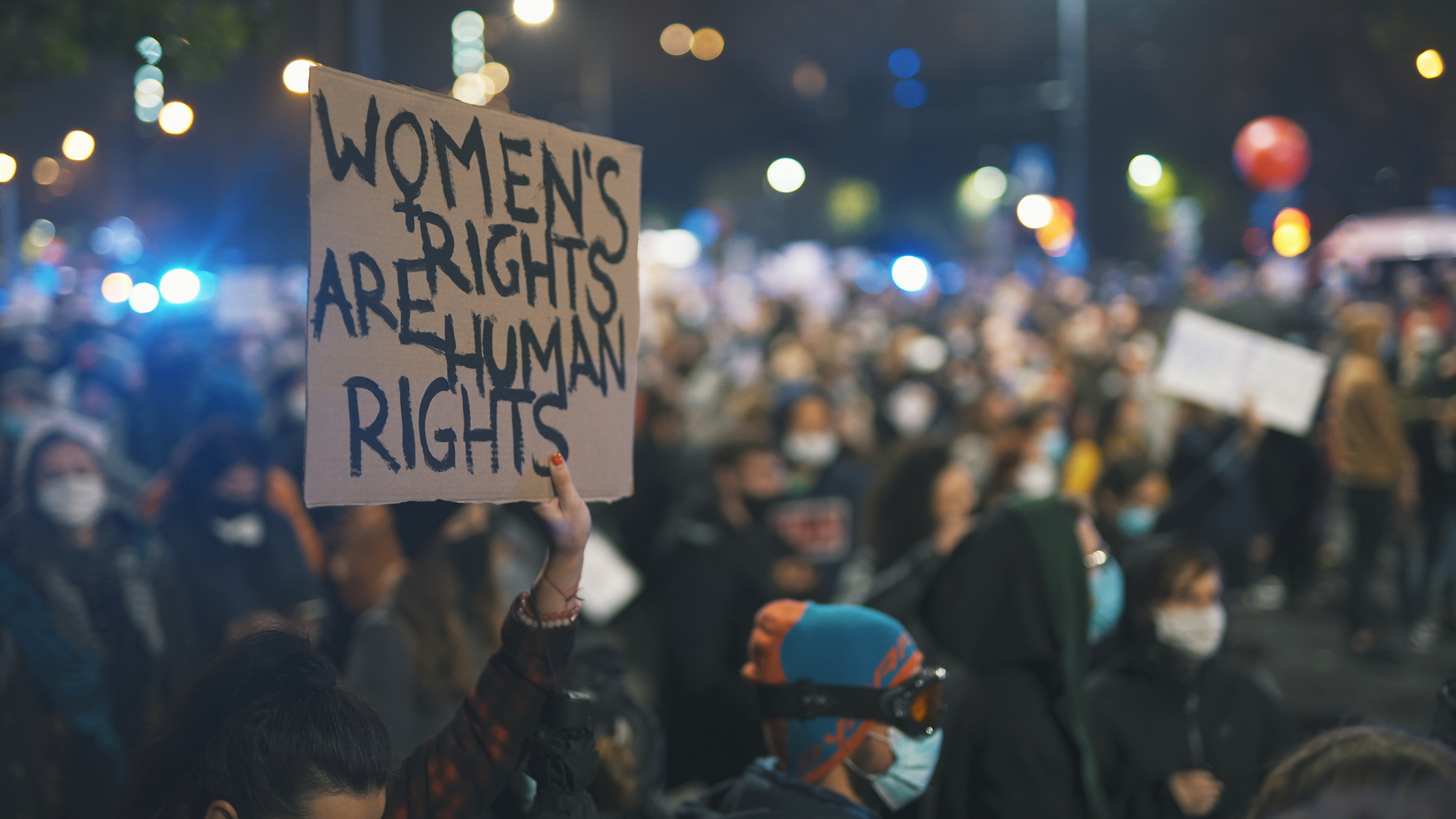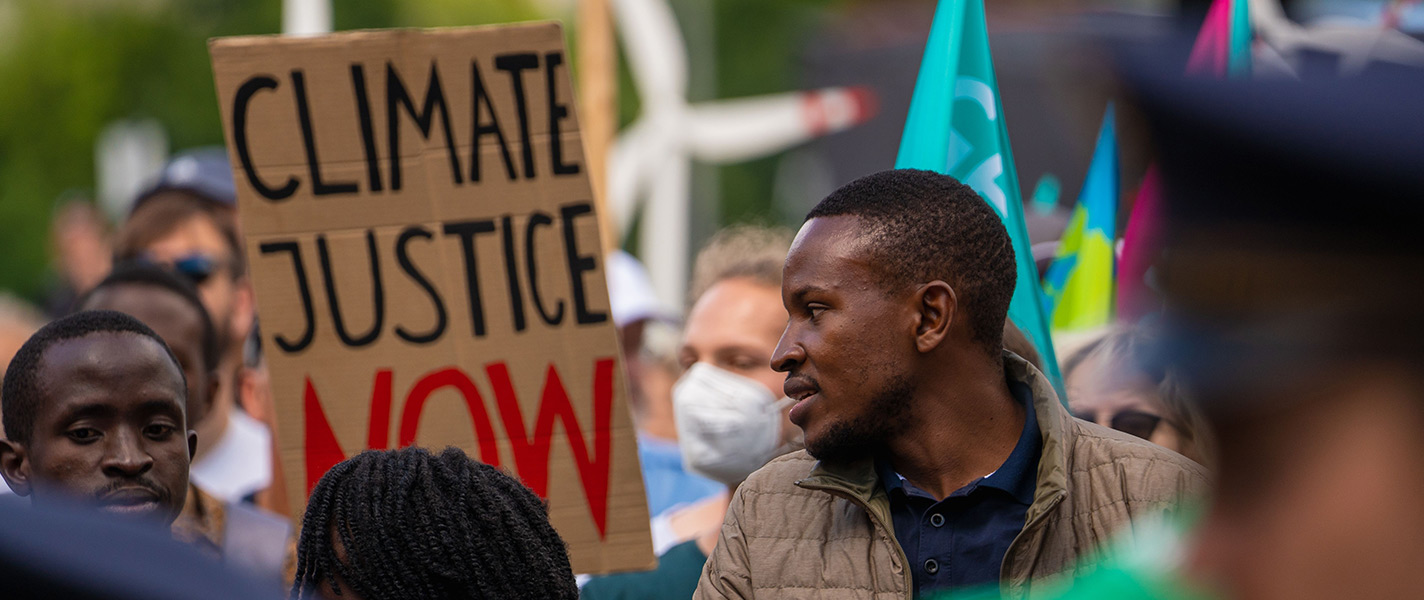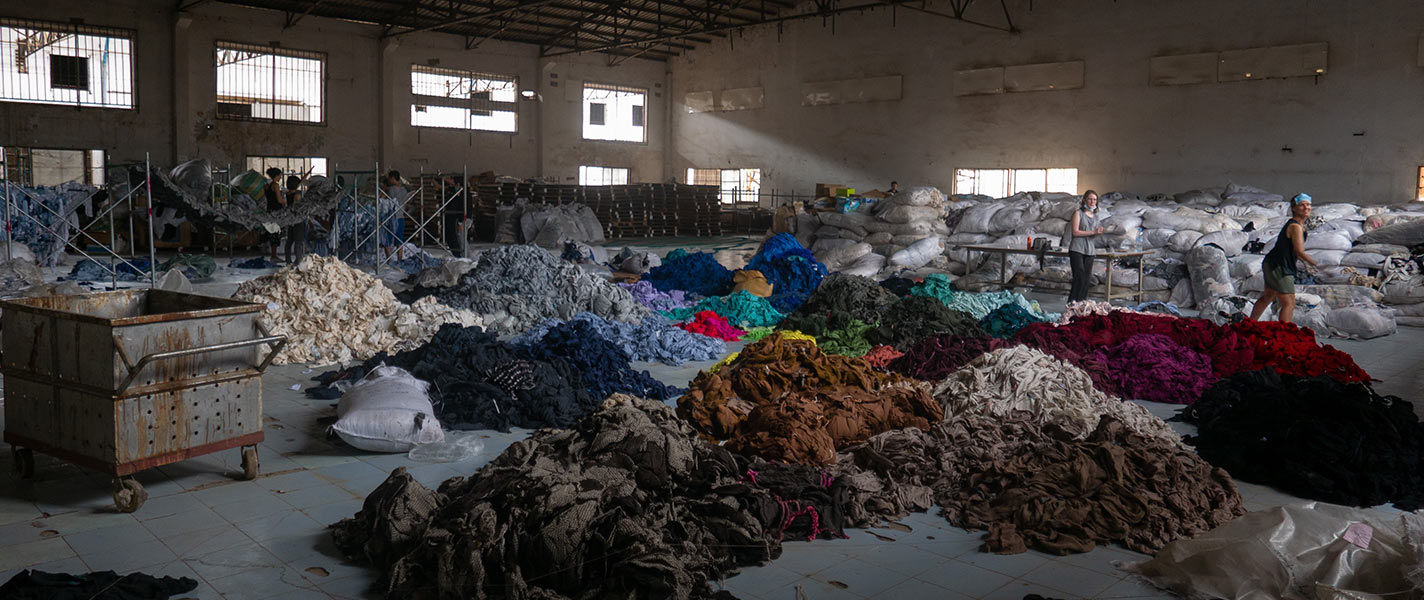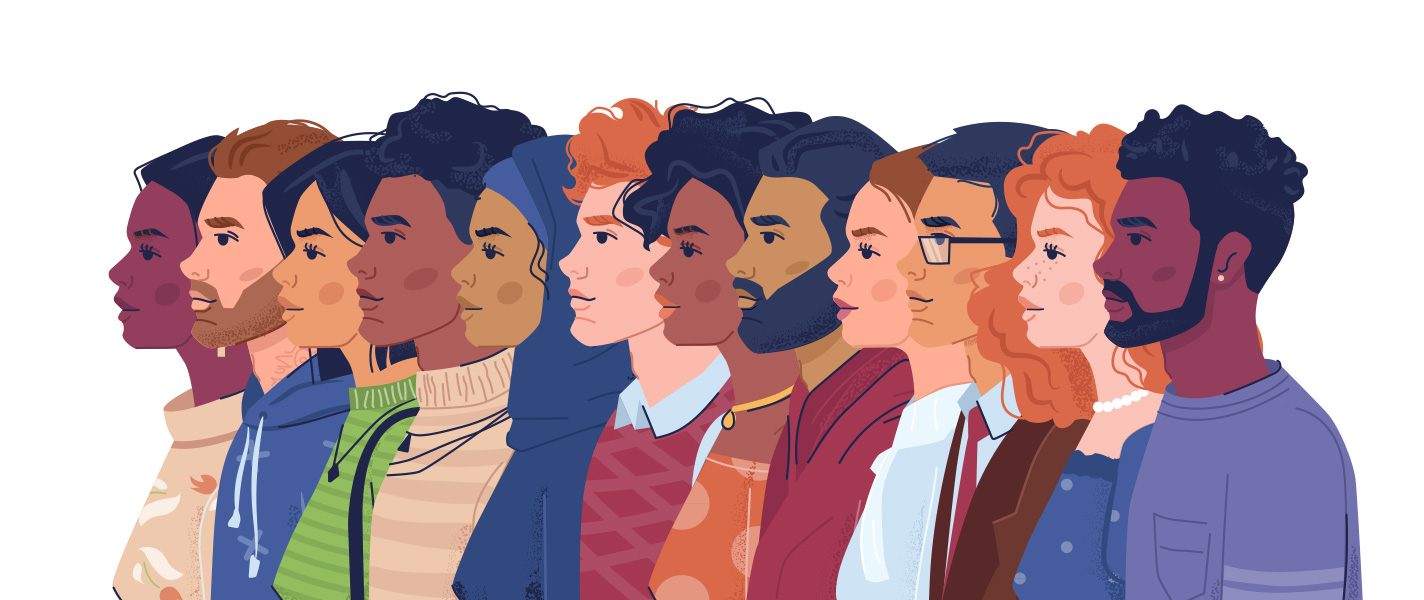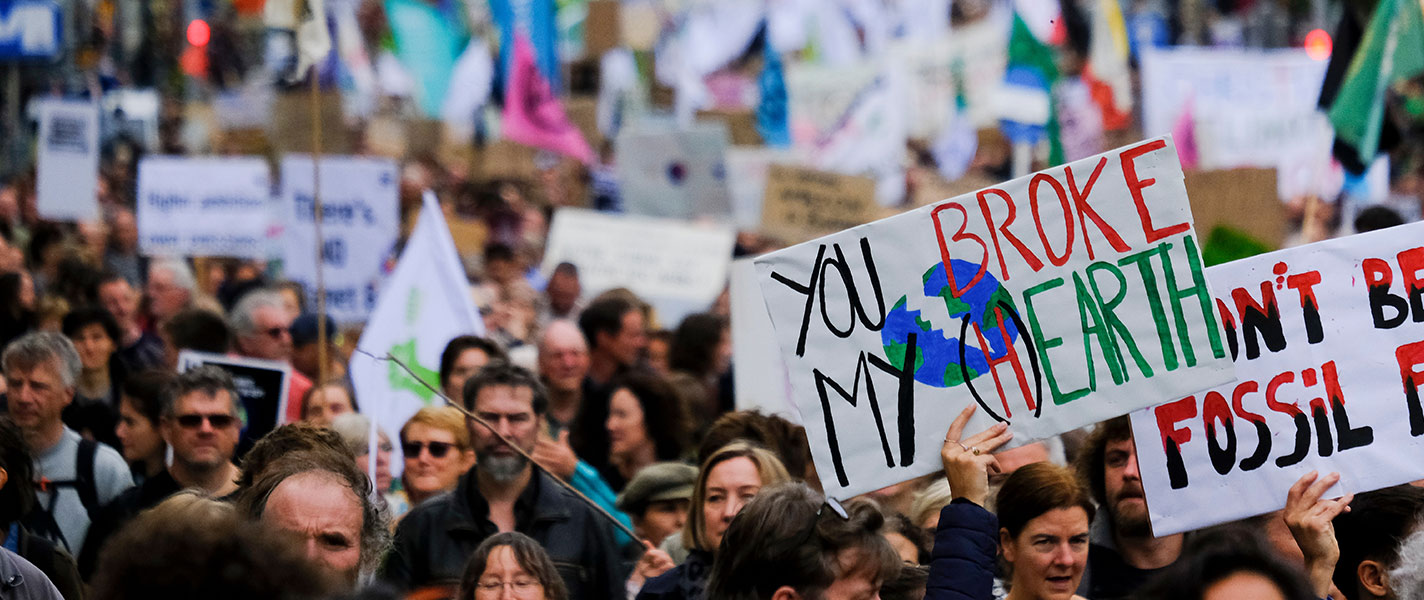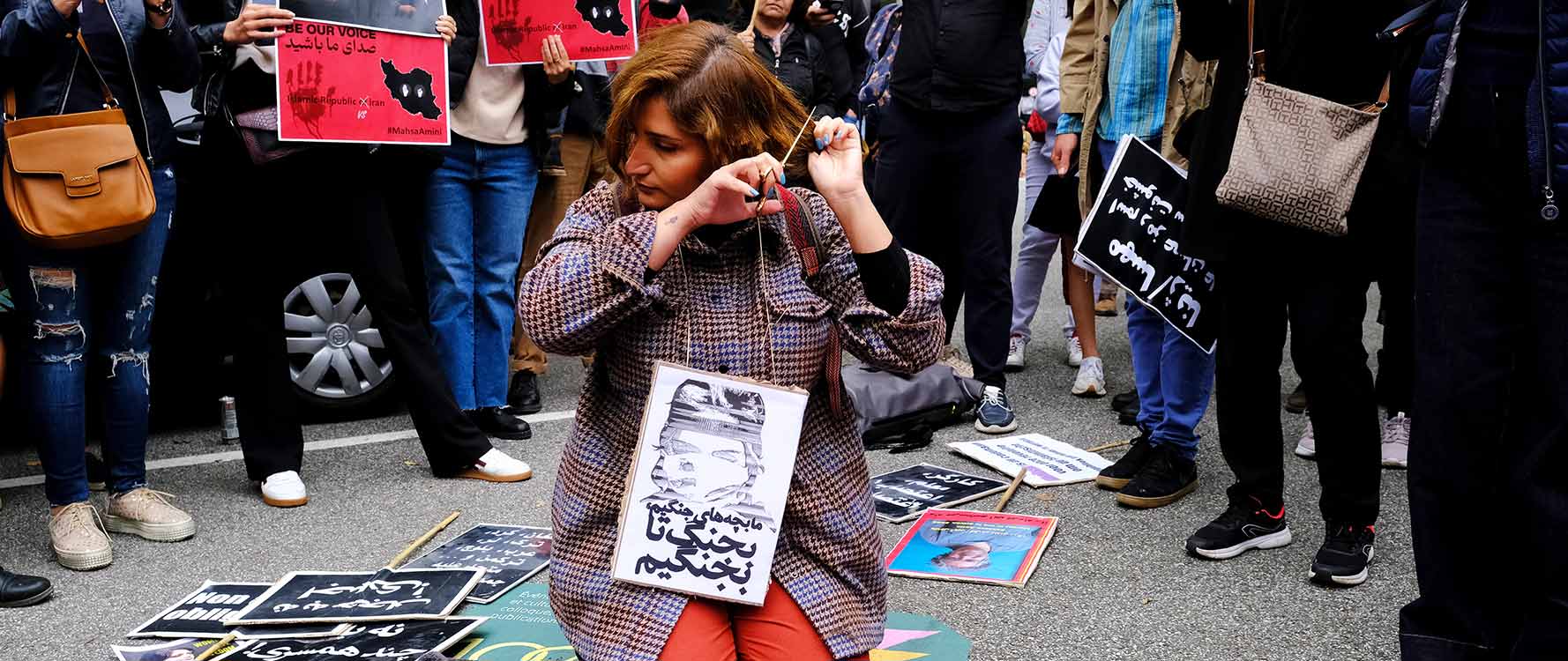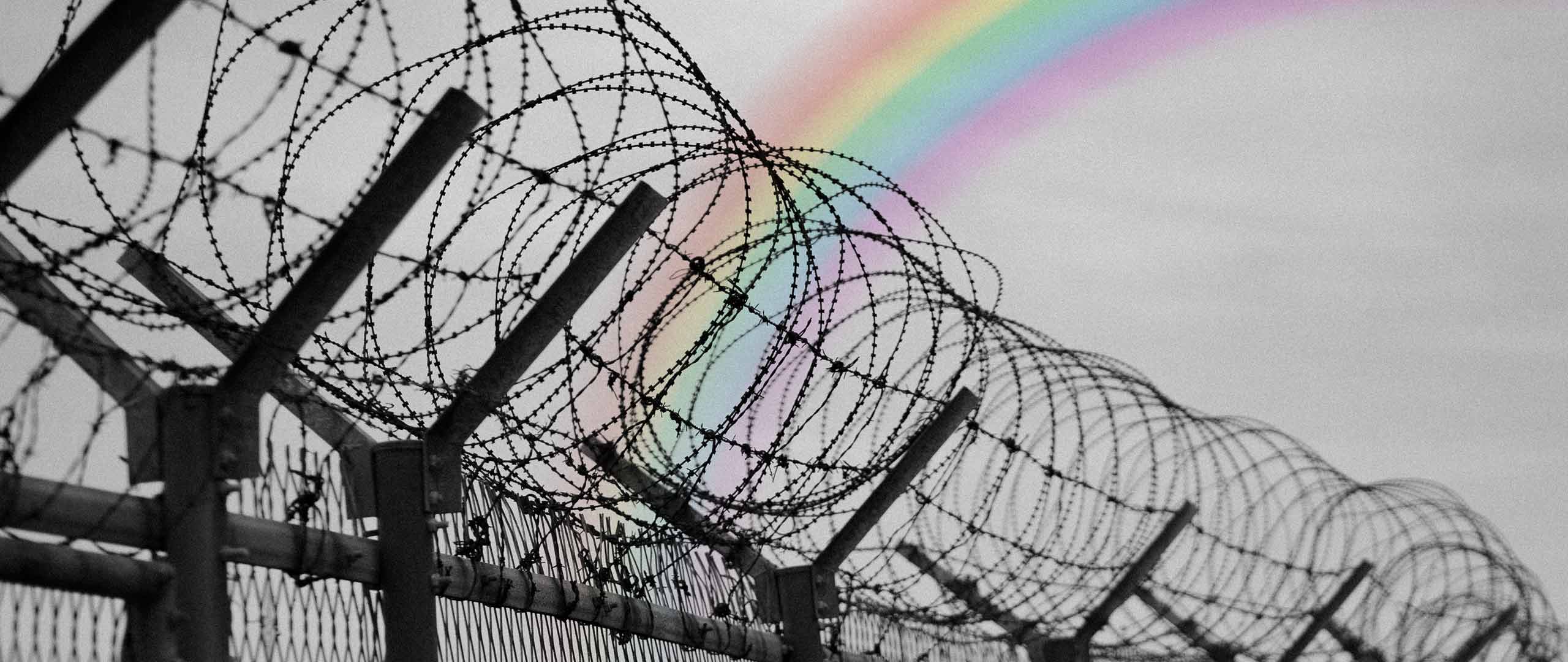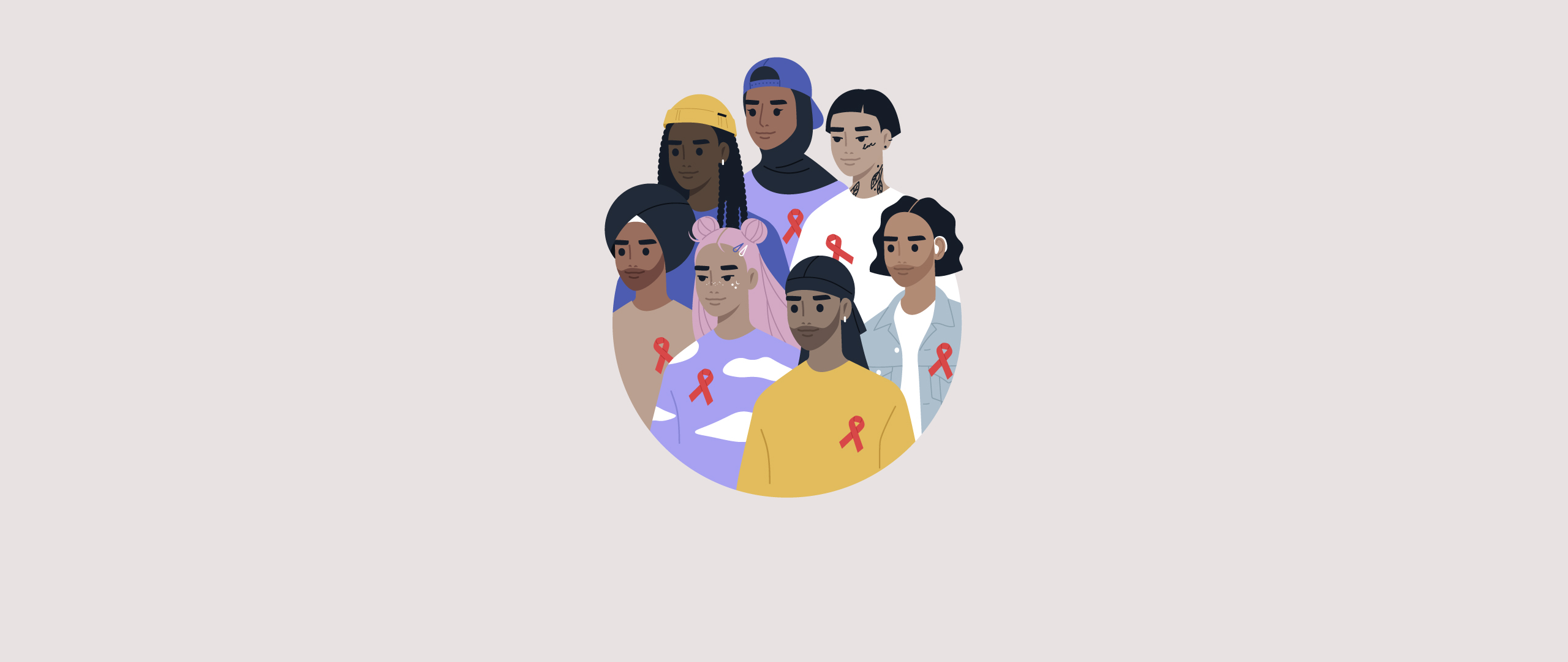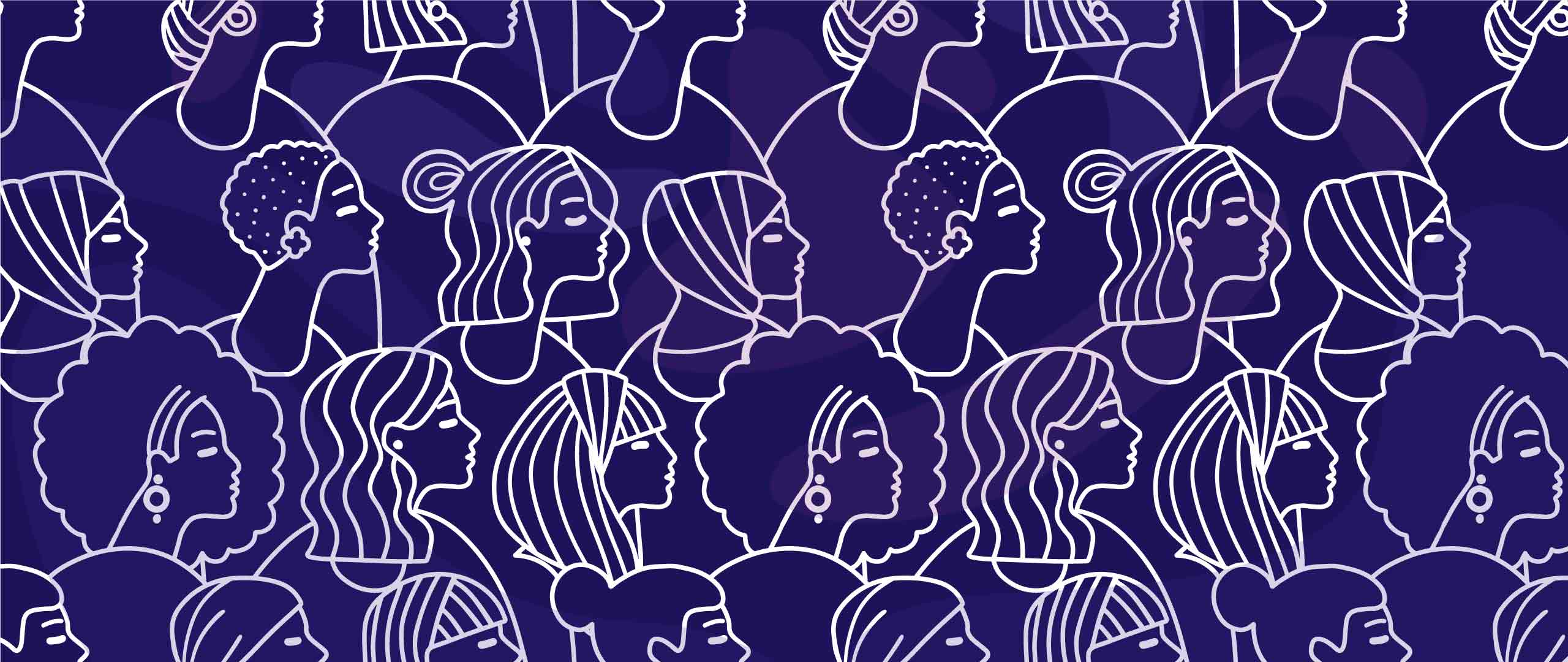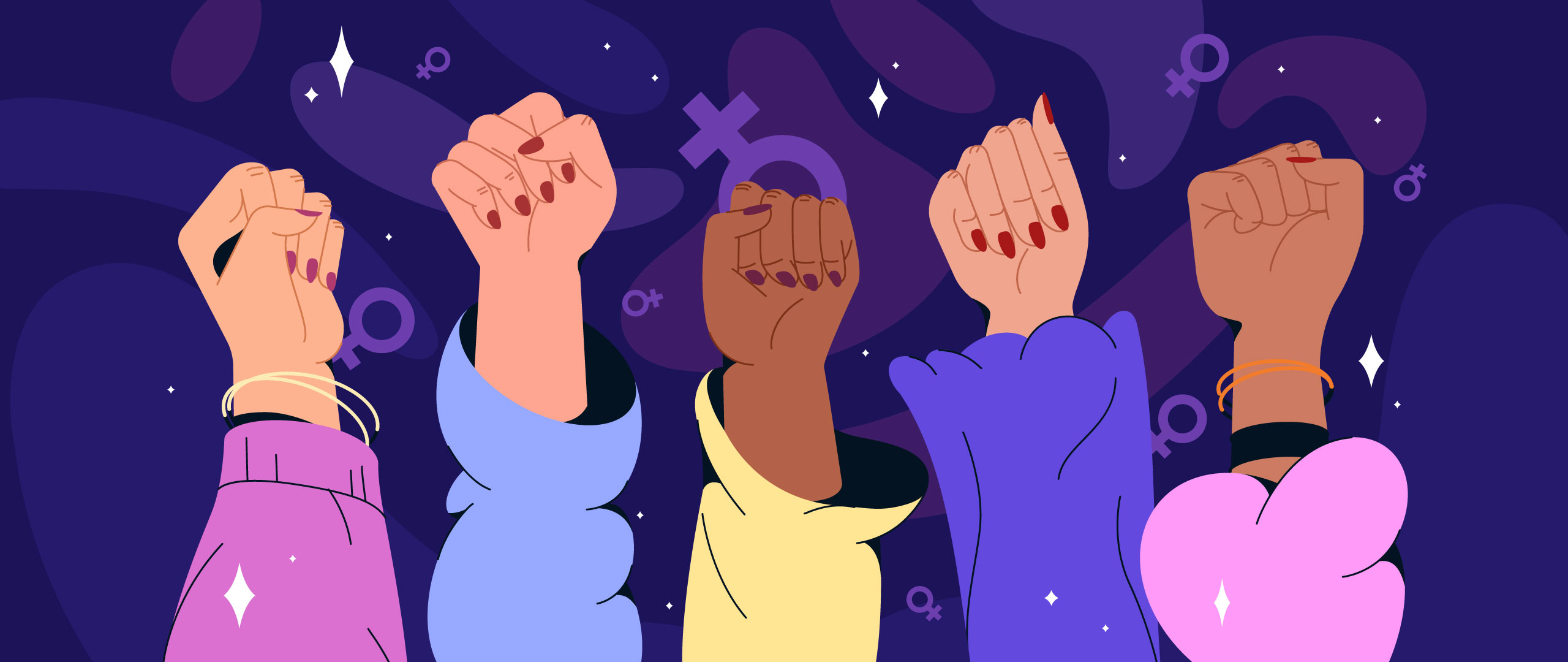Deepfakes and Digital Abuse: Legal Loopholes and Societal Challenges to Women's Rights
Deepfakes thrive in a societal landscape where gender stereotypes are deeply ingrained. The exploitation of women through this technology reflects long-standing patriarchal norms that view women’s bodies as commodities. By manipulating their images in ways that often evoke derogatory stereotypes, deepfakes reinforce damaging societal narratives and serve as tools of control, silencing women by tarnishing their reputations.
One of the most significant issues surrounding deepfakes is the legal vacuum that exists for victims, especially in the Global South. While some legal frameworks address privacy rights and circulation of non-consensual images and videos, many are outdated and ill-equipped to handle the complex nature of AI-generated content. Even in the US existing laws often fail to account for the sophistication and accessibility of deepfake technology, allowing perpetrators to create and disseminate falsified content with little fear of consequences.
In cases of deepfake harassment, women face numerous legal challenges. For one, the process of proving that a deepfake was created and shared can be arduous, particularly when the content is shared anonymously on online platforms. Moreover, many countries still lack comprehensive legislation addressing deepfakes or AI-generated content, leaving victims with limited options to seek justice. This legal ambiguity contributes to the growing sense of impunity that surrounds deepfake creation and dissemination.
How Deepfakes Perpetuate Gender Biases
These AI-manipulated media often prey on sexist tropes, reducing women to sexual objects or using fabricated content to discredit their professional and personal lives. In many cases, deepfakes not only reinforce stereotypes but also exacerbate the societal marginalisation of women, particularly those from vulnerable communities. Women of colour and those from lower socioeconomic backgrounds are often disproportionately affected by deepfakes, as they are already subject to multiple layers of societal discrimination.
While the deepfake phenomenon is relatively new, it intersects critically with international human rights frameworks. The right to privacy, dignity, and freedom from harassment are all severely threatened by the misuse of deepfake technology. Women, who are majorly impacted by this technology, are entitled to these protections, but current international law and human rights frameworks have not fully adapted to the challenges posed by deepfakes.
To address this issue, a concerted effort is required from both legal and technological sectors. Policymakers, technology companies, and human rights organisations need to work together to create new forms of protection. International human rights law can offer guidance on protecting women from gendered harassment, but stronger enforcement mechanisms are needed, particularly when dealing with digital crimes. On the technology side, AI and tech companies must take responsibility for the tools they create. Companies can play a vital role in developing detection tools that identify and flag deepfake content before it can spread.
Aside from legal and technological interventions, one of the most powerful tools against deepfake harassment is education. Digital literacy programs, particularly those aimed at women in vulnerable communities, can empower individuals to better understand, recognise, and report deepfake content. By educating women on the risks of deepfake technology and the legal rights they have, society can create a more informed and resilient population. Moreover, platforms and governments need to provide accessible resources for victims of deepfake harassment. Whether through support hotlines, legal aid, or public awareness campaigns, there must be mechanisms in place to help women navigate the aftermath of a deepfake attack. Ultimately, empowering women with knowledge and tools can reduce the harm inflicted by this technology.
Conclusion
The rise of deepfakes presents a formidable challenge, particularly when it comes to protecting women from gendered harassment. By exploiting gaps in legal frameworks and playing on entrenched societal biases, deepfake creators wield technology in ways that can ruin lives. To combat this growing threat, a multi-faceted approach is needed – one that combines legal reform, technological innovation, and widespread education.
This fight against deepfakes is about protecting human dignity and ensuring that all women have the right to exist in digital spaces without fear of exploitation. By taking action now, we can create a future where technology is used to empower rather than oppress.




